I saw 2 fabrics lying on Grandma’s desk. One was a whip stitch, and the other was an overcast one. Seeing both stitches side by side, I got curious about which is stronger.
Just like overcast stitch vs serging got me thinking, too.
So I asked my grandma which is stronger, the whip stitch vs. the overcast stitch? She smiled and said,
Whip Vs Overcast
The whip stitch is generally stronger than the overcast stitch because it creates a tighter, more secure join between fabric layers.
Umm! Why is whip stitch stronger? 🤔 What mechanism works here? Grandma decided to sit down with me and explain it further about overcast sewing & whip stitch.
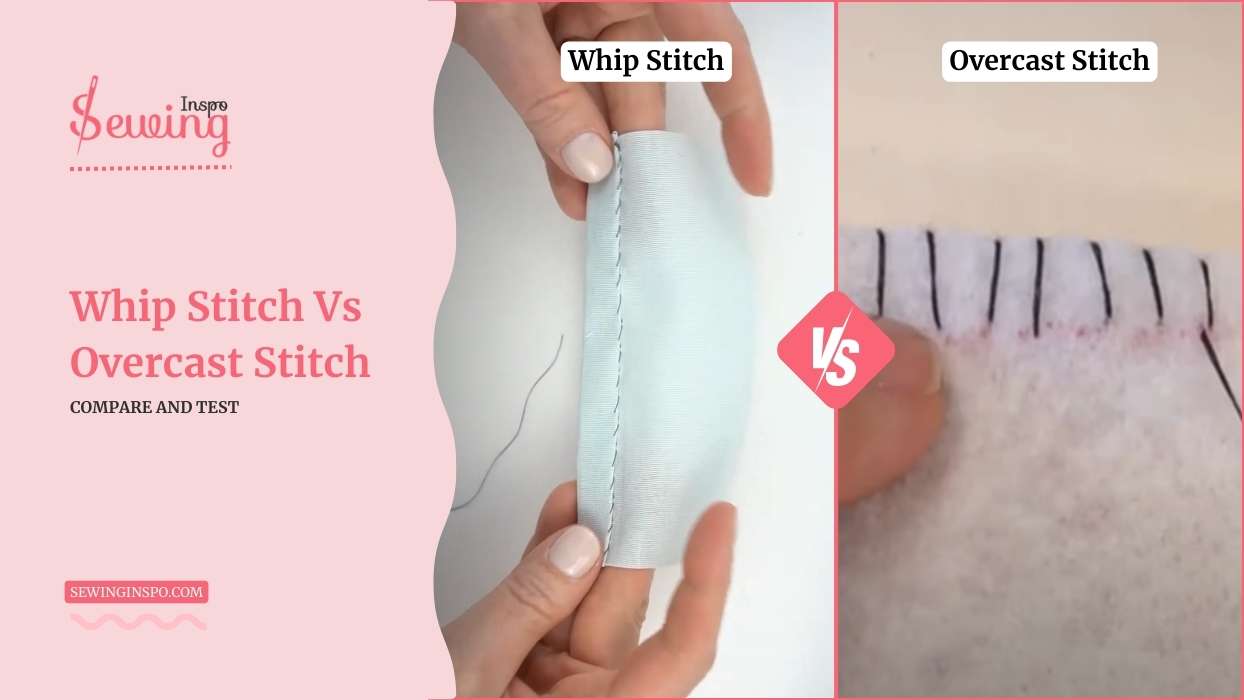
Table of Contents
What Is Whip Stitch?
Before further comparing, let’s get to know the stitches individually. Grandma said and began to explain whip stitch,
A whip stitch is a whipping thread around the fabric’s edge. You pass the needle through the edge and pull the thread tightly, creating a series of small, diagonal stitches barely visible from the front. The whip stitch is also known as the overcast stitch. But both are not the same. You can say they are distant cousin, and people often mix them up.
So basically,
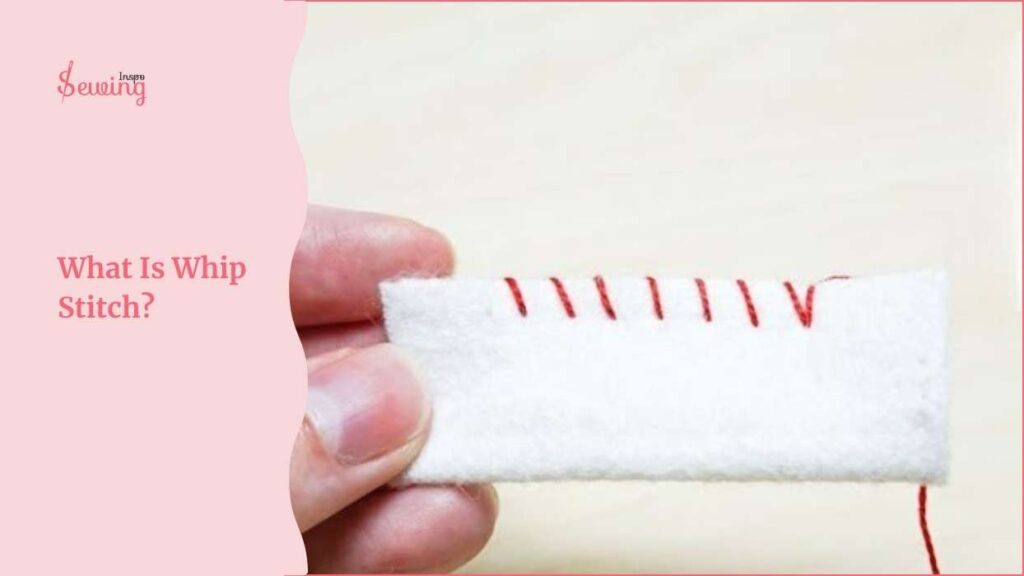
Whipstitch is like life’s connections; although they may be small when sewn with care, they create lasting strength and unity.
Whip Stitch Vs Overcast Stitch: What Is The Difference?
Both stitches may look the same at 1st glance, but it isn’t. They differ on many levels, such as overcast vs. overlocked. and overlock vs overcast stitch. See,
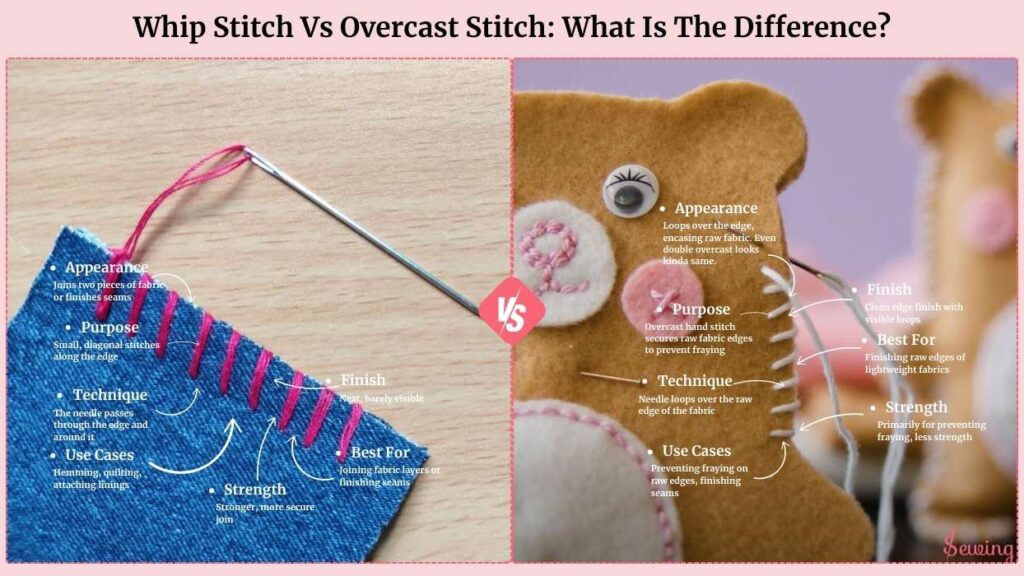
| Feature | Whip Stitch | Hand Overcast Stitch |
| Purpose | Joins two pieces of fabric or finishes seams | Overcast hand stitch secures raw fabric edges to prevent fraying |
| Appearance | Small, diagonal stitches along the edge | Loops over the edge, encasing raw fabric. Even double overcast looks kinda same. |
| Technique | The needle passes through the edge and around it | Needle loops over the raw edge of the fabric |
| Use Cases | Hemming, quilting, attaching linings | Preventing fraying on raw edges, finishing seams |
| Strength | Stronger, more secure join | Primarily for preventing fraying, less strength |
| Finish | Neat, barely visible | Clean edge finish with visible loops |
| Best For | Joining fabric layers or finishing seams | Finishing raw edges of lightweight fabrics |
Durability And Longevity Of Whip Stitch And Overcast Stitch
If you wanna debut which hand stitches are stronger, then whip stitch is wanna win.
I asked, ‘why?’
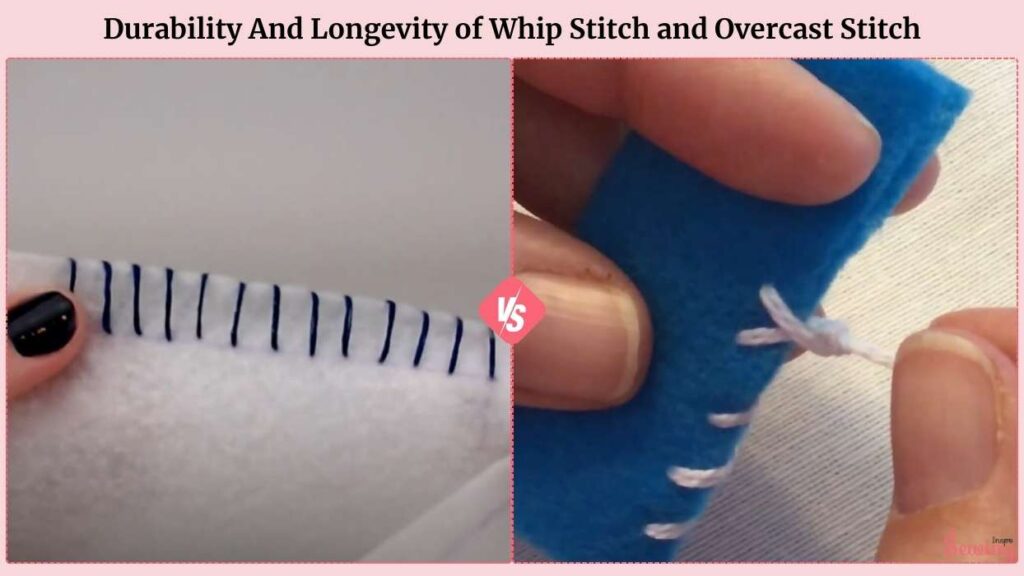
The whip stitch wins in terms of strength because it’s designed to join 2 pieces of fabric together tightly.
It’s like a more secure, durable way of stitching fabric edges, often used for hemming or quilting. The stitches are closer and more compact, holding the fabric well.
On the other hand,
The sewing overcast stitch is more about preventing edges from fraying. It’s not really meant to hold the fabric together as strongly as the whip stitch does. It’s great for finishing raw edges.
But if you’re looking for a stitch to keep things secure, the whip stitch takes the win.However, that can also vary depending on your sewing project.
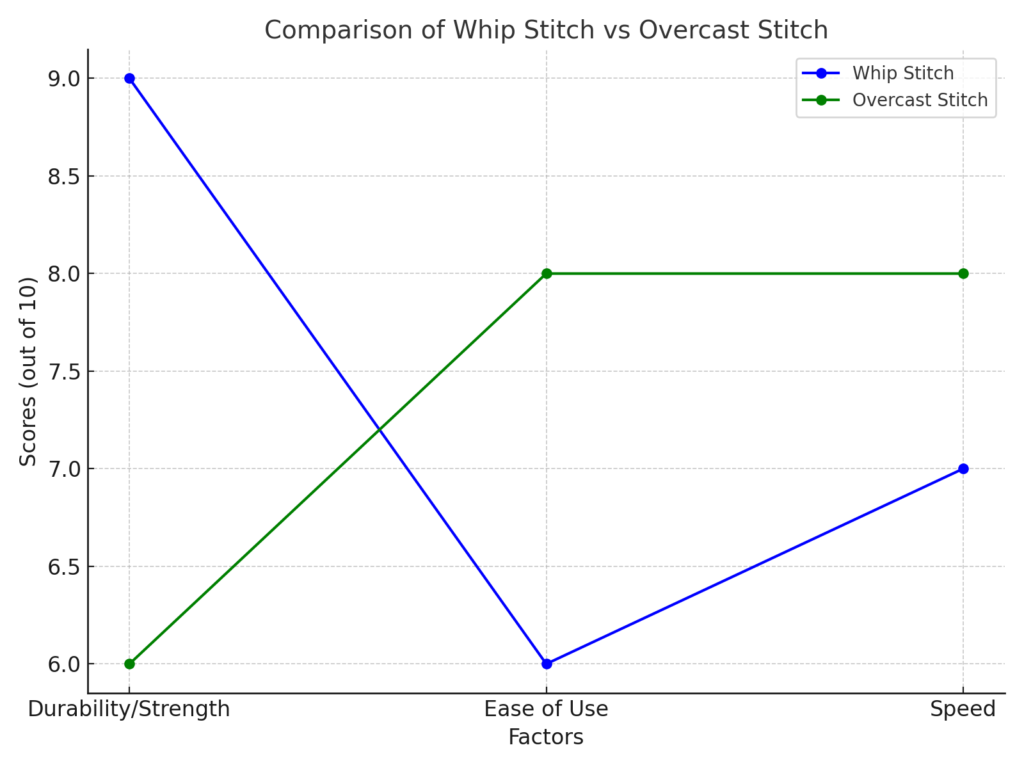
When To Use Whip Stitch Vs Overcast Stitch?
The whip stitch is best used when you combine two pieces of fabric or hemming or attaching linings. This stitch is ideal when the goal is to hold fabric pieces together tightly, especially in areas where strength is required.
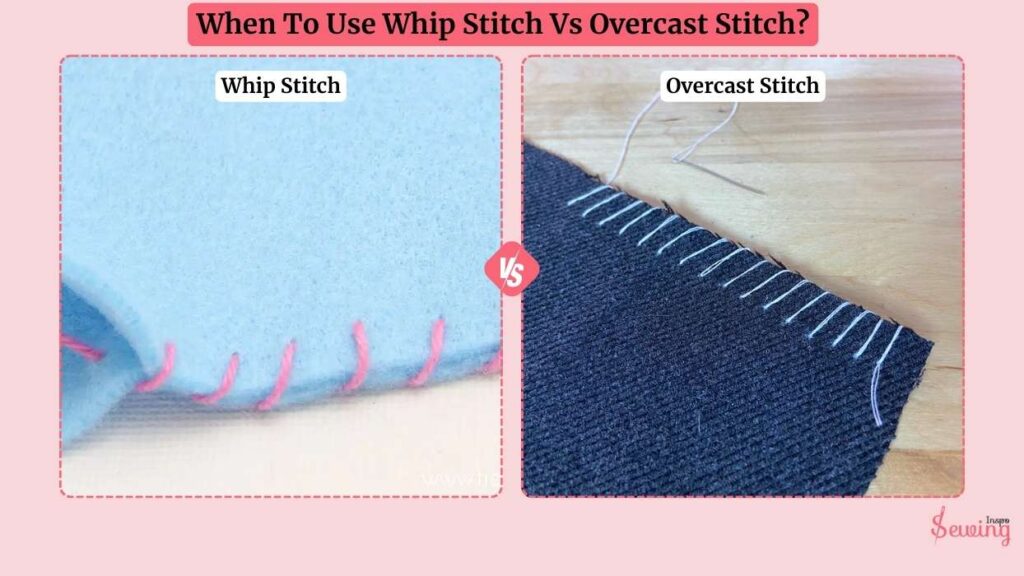
And,
The overcast stitch prevents raw edges from fraying. It is great for lightweight or delicate fabrics.
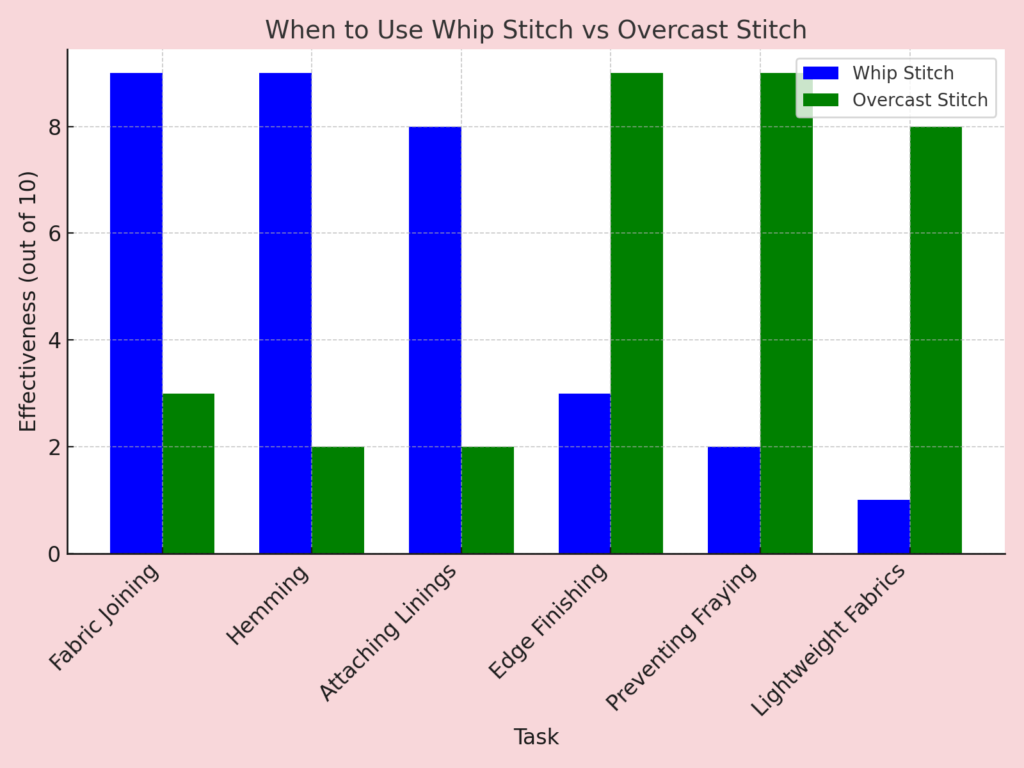
It’s commonly used to finish edges before sewing fabric pieces together or to secure the raw edges of a seam.
So, both stitches are useable if you know when and where to use them.
Whip Stitch Vs Overcast Stitch Which One Better?
Both whip stitch and overcast stitch are great for keeping fabric edges from fraying, but they shine in different ways.
If you’re sewing by hand and want something quick, easy, and with a bit of charm, whip stitch is perfect.

Frequently Asked Questions
Can I Use The Overcast Stitch To Join The Fabric?
While the overcast stitch can help secure edges, it’s not as strong for joining fabric pieces as the whip stitch. It’s more suitable for preventing fraying rather than holding fabric together.
Which Stitch Is More Visible On The Fabric?
The whip stitch is usually less visible on the front of the fabric because it’s placed along the edge. The overcast stitch can be more visible along the edge due to its looping nature.
Can I Use Whip Stitch On Any Fabric?
Yes, the whip stitch works on most fabrics, but it’s especially effective on heavier or thicker fabrics requiring a strong seam. It may not be as suitable for delicate or lightweight fabrics.
Warp Up
After learning about whip stitch vs overcast stitch from Grandma, I left with the notes. It will surely help me to make my next sewing book. ❤️

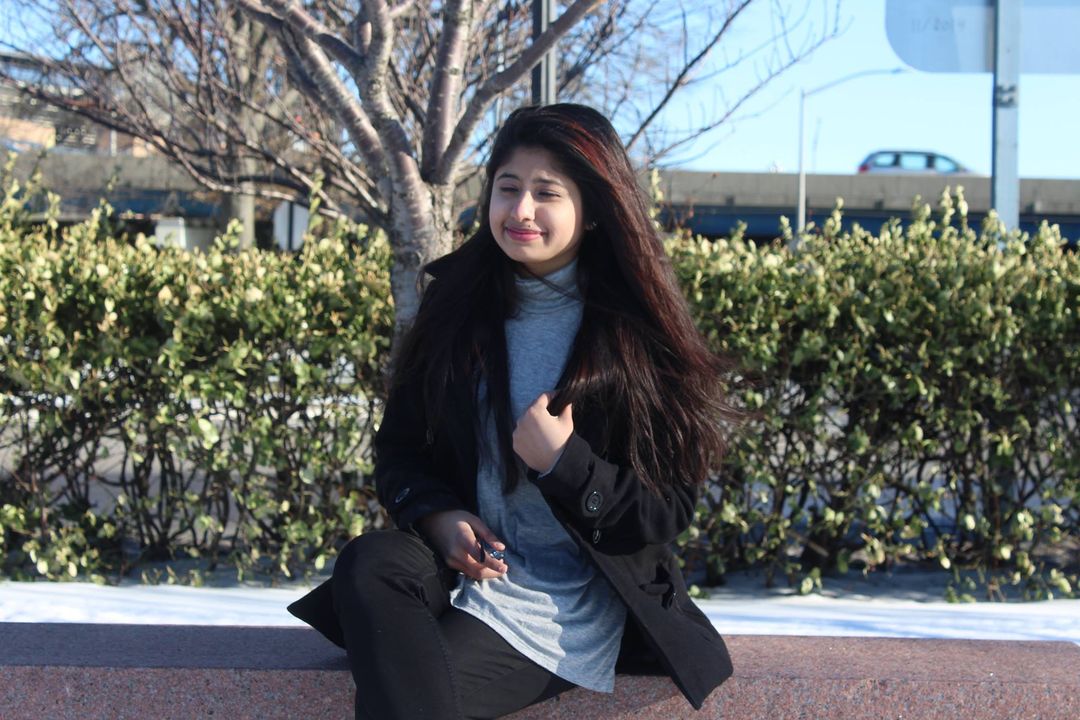
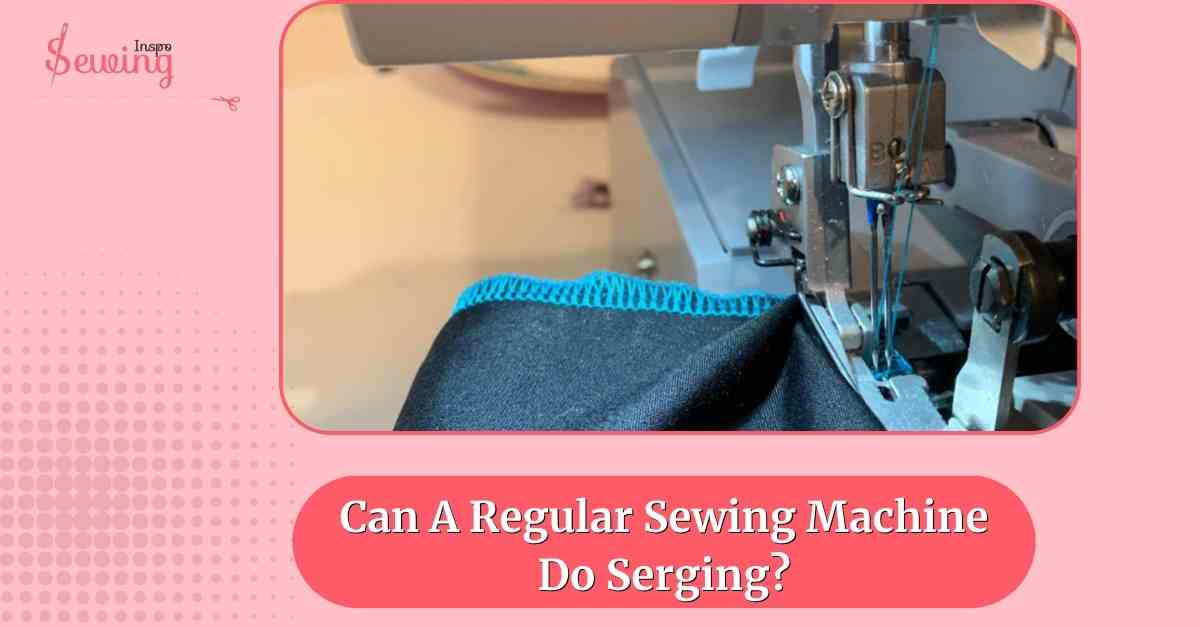
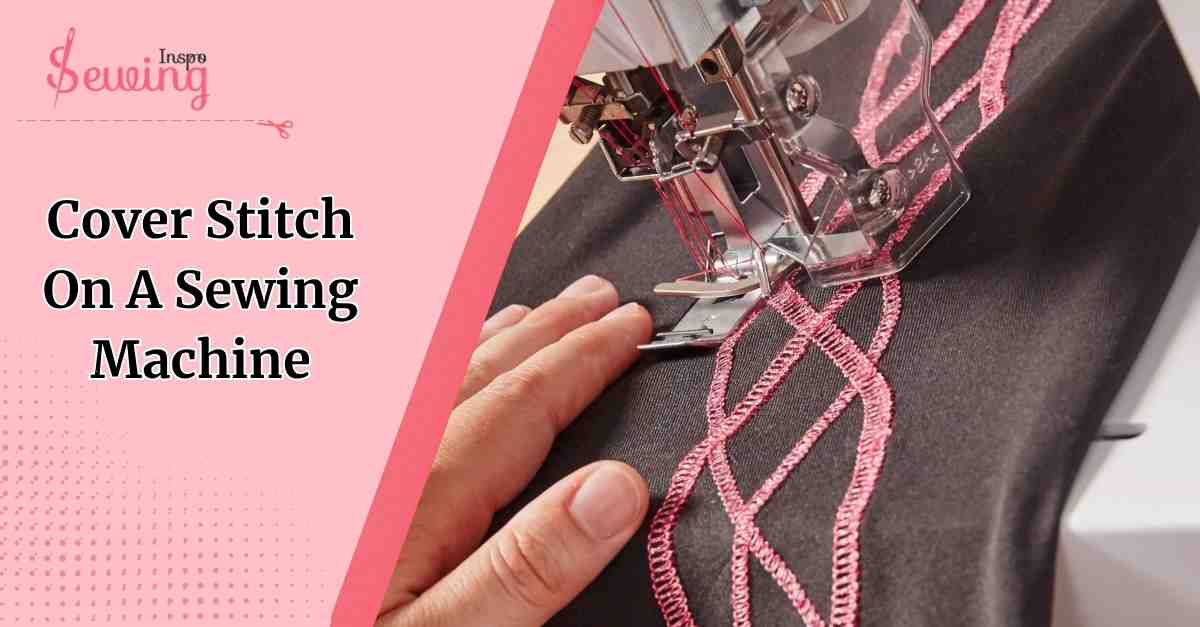
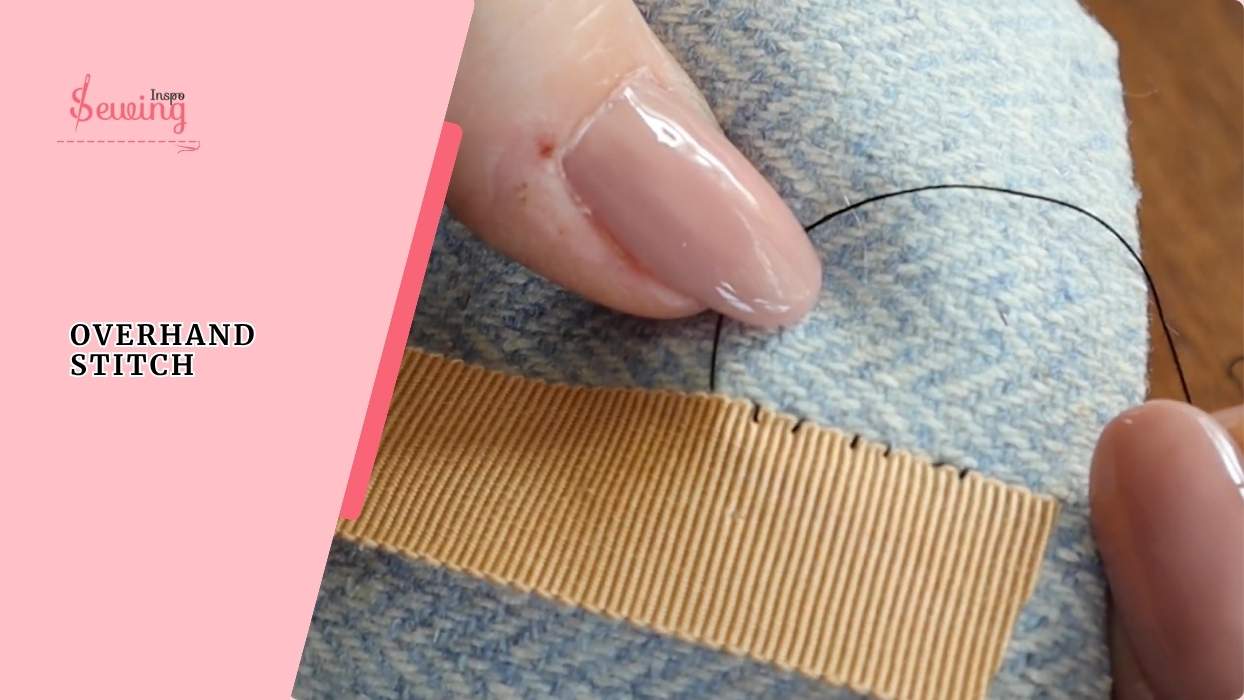
Leave a Reply